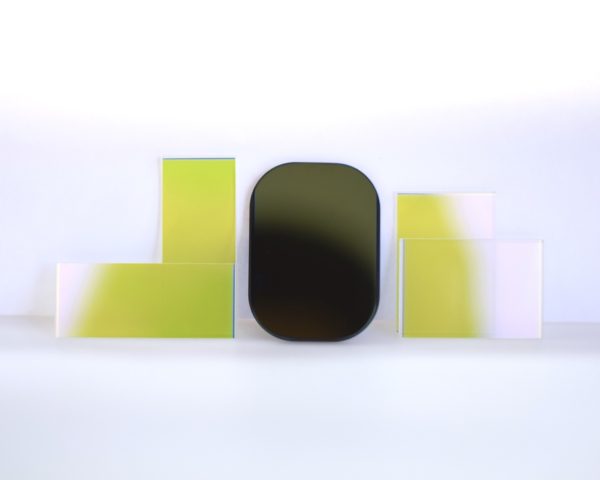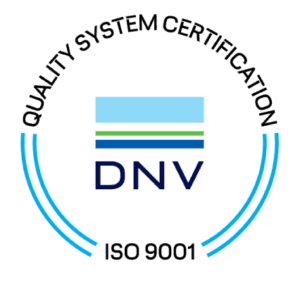
In this technology note, we will discuss lidar (aka LiDAR, Lidar), applications to self-driving vehicles, optical coatings used in lidar systems, and how NTFL has developed technologies to provide coatings that excel in lidar applications.
Lidar developed after the invention of the laser and was used in 1971 during the Apollo 15 mission to map the surface of the moon. Lidar applications have expanded with advancing laser technology, and is commonly used in geography, forestry, and atmospheric physics.
Lidar is a surveying method that uses a pulsed or modulated laser to measure the distance to a target. In most applications, a laser is scanned around the area being digitized and the reflected (backscattered) energy is detected. Since radiated energy travels at a known constant velocity (the speed of light), the backscattered laser return times can be used to determine target distance and create digital 3D representations of an area illuminated by a laser. Lidar uses UV, visible or infrared lasers to map objects with high resolution. The wavelength and power used is chosen for the application, with most commercial applications utilizing red or NIR lasers.
One of the recent applications of lidar is for obstacle detection and collision avoidance in autonomous vehicles. Driver assistance systems (Adaptive Cruise Control, Braking Assist, and Parking Assist) require detection of the vehicle environment, which lidar helps to achieve. These systems generally employ a rotating hexagonal mirror that splits the laser into multiple beams, with some beams used to detect objects and others to detect lane markings and road features. The lidar data is used in conjunction with other sensors, like radar, to determine the dynamic properties of the environment.
Since lasers used in automotive applications must be eye-safe, the laser power is limited and sensitivity is an important consideration. Moreover, many lidar sensors need to operate over a wide range of angles.
NTFL has developed coatings and manufacturing techniques to meet the needs of manufacturers of lidar systems.
- Substrate geometry
Optics used in lidar sensor systems vary in size and shape. NTFL has developed specialized tooling to accurately deposit coatings on any substrate geometry, including the OD of tubes and spherical, parabolic, elliptical and cylindrical optics.
- Uniformity
Coating uniformity is crucial to the performance of lidar optics and NTFL has developed tools and fixtures with multiple axes of rotation to ensure excellent uniformity for each tool in a deposition chamber, lot-to-lot, even for challenging geometries, from micro-optics to meter-class optics.
- Material
Depending on the manufacturer, lidar optics are fabricated from glass, polymer, or quartz. NTFL optimizes coating designs and processing techniques for every substrate type to ensure the best optical and environmental performance.
- Anti-reflection coatings
To maximize the probe laser intensity and the transmission of the backscattered signal at the detector, NTFL has developed high efficiency anti-reflection coatings for use on exit/entry optics for UV, visible and infrared laser systems that operate over either narrow, or very wide angles of incidence.
- Mirror coatings
To maximize the scanning laser intensity for the design range, NTFL has developed very high reflection mirrors for p and s polarizations that provide very high reflectance over a wide (0-65 degree) angle of incidence.
If you would like to discuss your lidar application in detail, please contact NTFL to speak with one of our applications engineers.



